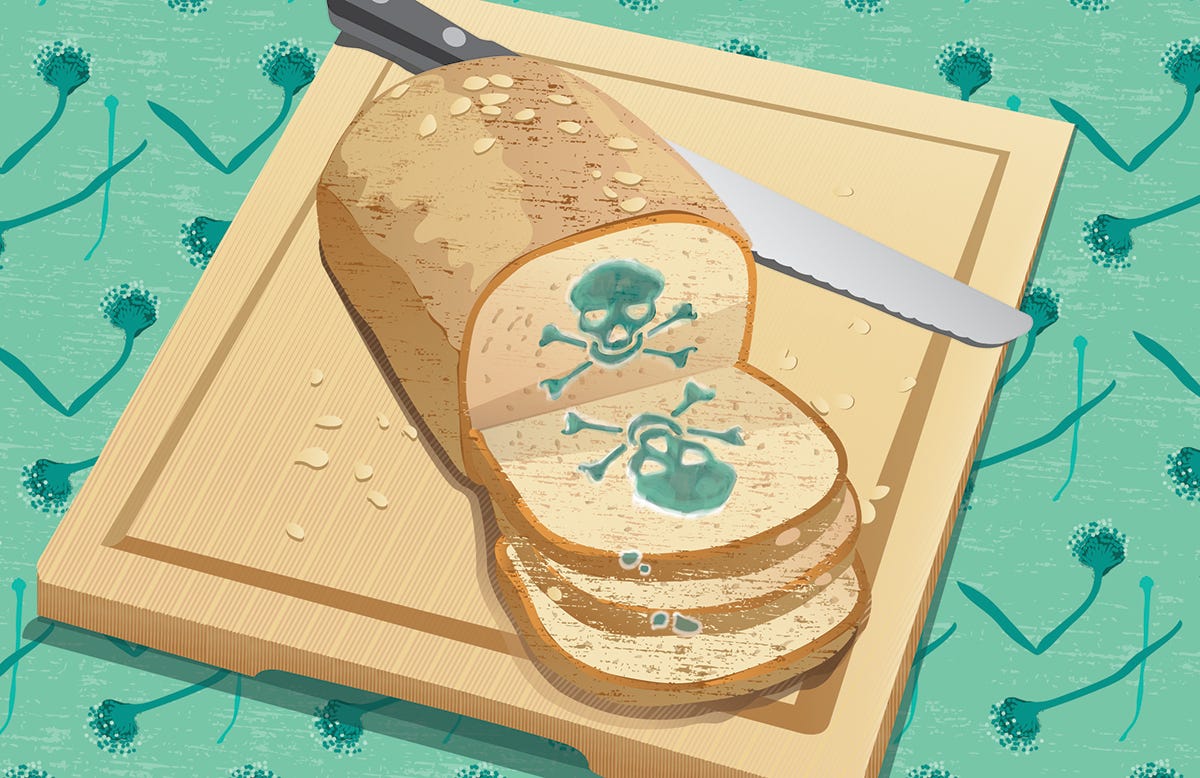Five things everyone should know about mycotoxins

Mycotoxins are small, poisonous molecules, produced by certain species of molds, that can cause disease or death in animals and humans. Here are five things that everyone should know about mycotoxins.
1. Mycotoxin-producing fungi can invade and grow on many agricultural crops, particularly in hot, humid climates or as a result of poor agricultural practices. These fungi can also colonize foods and feeds during processing, distribution, and storage. More than 300 different mycotoxins have been identified, but only seven of them are commonly responsible for contamination in foods that humans consume.
2. Even at exceedingly low levels, mycotoxins are major health hazards. They can cause cancer, reproductive problems, liver and kidney damage, and reduced immune system response in both humans and animals. Most mycotoxins are chemically stable and can survive food processing and even cooking.
Human exposure to mycotoxins occurs mainly through the consumption of contaminated plant-based foods, but animal products, such as milk, meat, and eggs, can also be indirect sources of exposure for humans. Infants can be exposed if a nursing mother has consumed contaminated food. Mycotoxin-contaminated food also causes significant revenue losses for the agricultural industry and contributes significantly to food insecurity and waste.
3. Mycotoxins can contaminate a wide variety of foods and feeds, and contamination with multiple toxins, which is common, exacerbates food safety concerns. Almost all grain and food crops — including maize, rice, wheat, barley, oats, rye, soybeans, sorghum, peanuts, and coffee — are at risk of contamination by one or more species of mycotoxin.
Certain fruits, including figs, apples, pears, peaches, grapes (and thus wine and grape juice), and dried vine fruits are vulnerable, as are a variety of nuts, such as groundnuts, pistachios, almonds, and walnuts. Even asparagus spears, black tea, cottonseeds, spices, and herbs (including the medicinal variety) are not immune.
4. Aflatoxins (AFs), a kind of mycotoxin, are the most significant threat to food safety and security, contaminating around 25 percent of the global food supply. And due to lack of regulatory systems, more than 4.5 billion people worldwide are exposed to high, unmonitored levels of AFs.
In humans, AFs can suppress immune response, disrupt in utero development, induce genetic mutations, and cause serious illnesses, including cancer. Among AFs, aflatoxin B1 is the most potent carcinogen found in nature, 200 times more potent than the well-known carcinogen benzo[a]pyrene, a compound found in cigarette smoke, diesel exhaust fumes, coal tar, and charbroiled food.
5. Many mycotoxins, including AFs, are monitored and regulated. About 120 countries, including the U.S., set maximum limits for AFs in foods and feeds. Monitoring these levels, however, is an extraordinary undertaking. One complicating factor is that, while mold spores can be seen on the surface of food with the naked eye, most mold growth is found in the hidden food interior.
Also, mycotoxins are invisible. Although numerous strategies for detecting and controlling AFs have been developed since their discovery in the 1960s, they remain a serious and increasing problem worldwide.
Jae-Hyuk Yu is a professor of bacteriology and genetics, and Ahmad Alshannaq is a postdoctoral researcher in Yu’s lab. They have been developing safe, novel technologies for eradicating aflatoxins in foods and feeds, one of which they will disclose publicly in the near future.